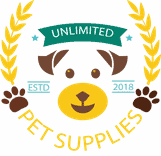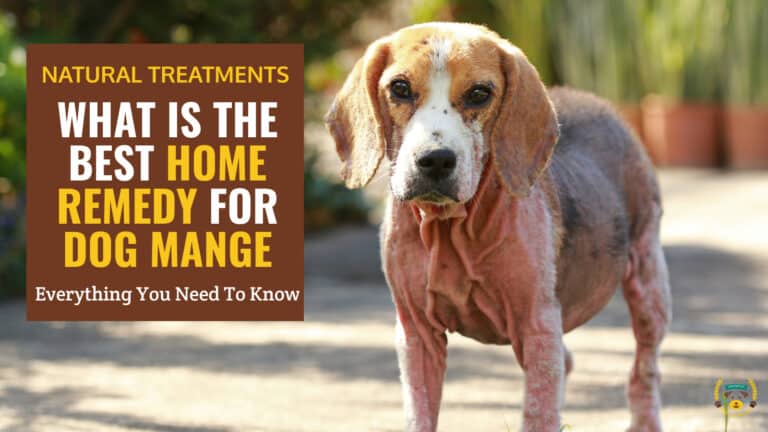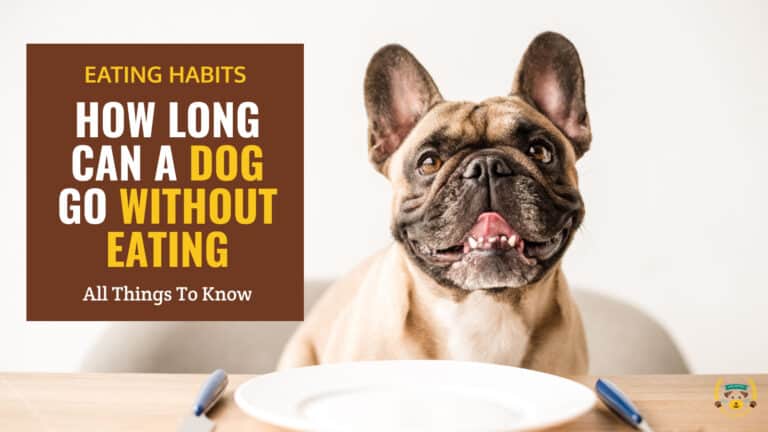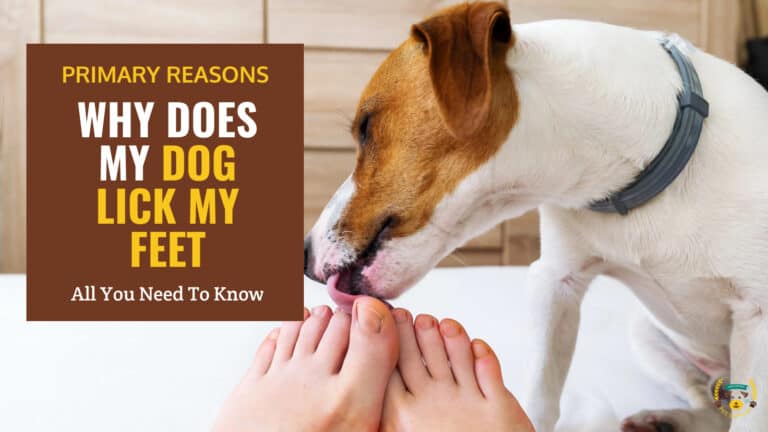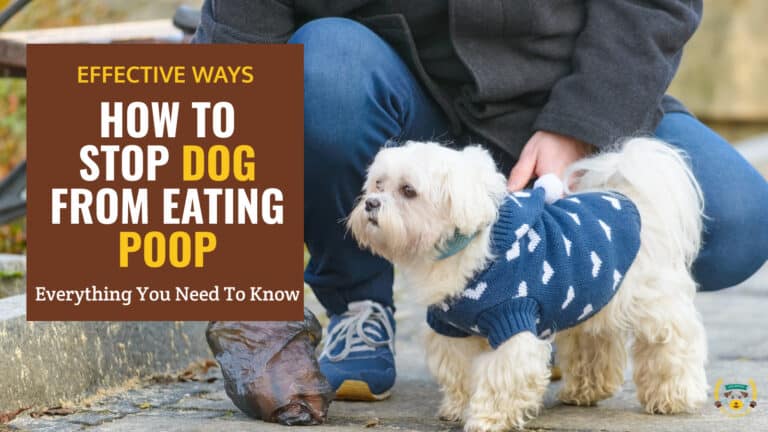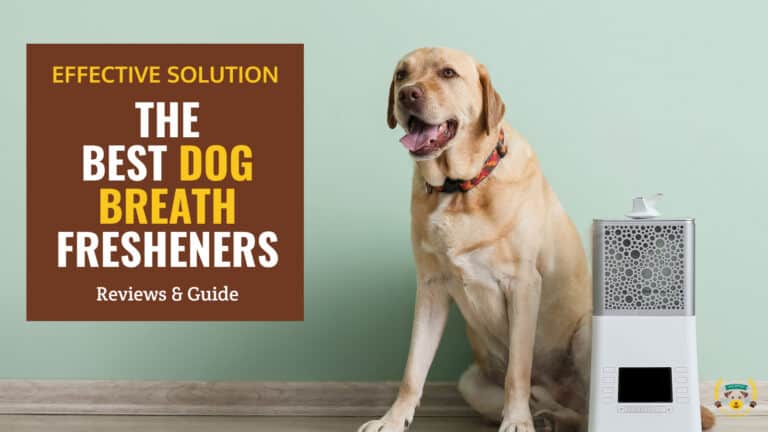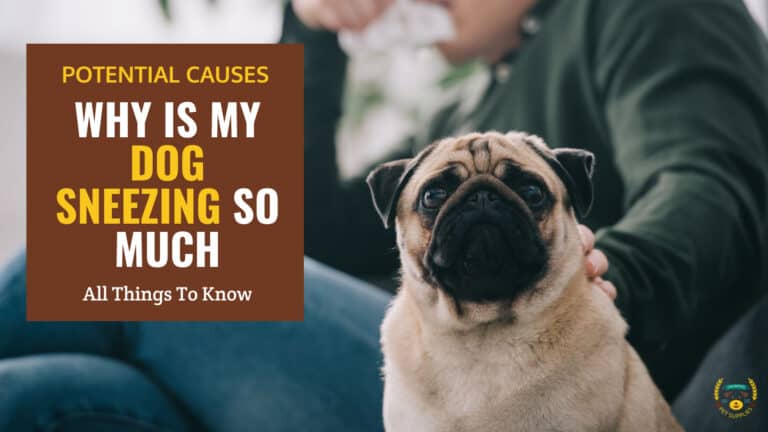9 Tips You Need To Learn Now When Potty Training Your Puppy
Last updated: March 30, 2024
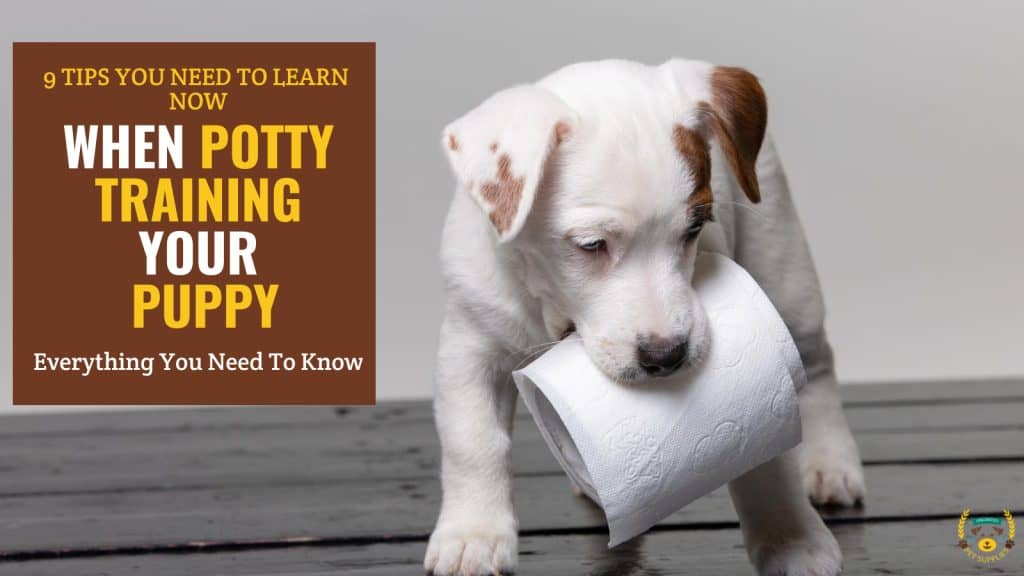
Summary
- Choose a spot outside for your puppy to go potty. Take them there on a leash every time you take them out.
- Get a potty bell to teach your puppy to tell you when they need to go outside.
- Do not punish your puppy for accidents. This will break their trust and make them afraid to potty in front of you.
- Clean up accidents with an enzymatic cleaner to remove the smell that attracts your puppy back to that spot.
- House training a new puppy can be stressful, but it is worth it in the end.
- Be consistent with your routine and praise your puppy every time they successfully potty outside.
- Avoid using pee pads, punishment, and too much time in the crate.
- If you are struggling to potty train your puppy, talk to your veterinarian to rule out any medical causes.
When you bring home your adorable new little addition to the family, you feel an incredible sense of joy, you look into that tiny face, and you’re instantly in love.
Remember that feeling of complete adoration while you’re Potty training them!
Having a puppy is hard work. How do you housebreak a puppy without destroying the inside of your house? Routine and positive reinforcement will help you teach your furry ball of joy how to use the bathroom outside.
Unlike adult dogs that can wait comfortably 8 hours in between potty breaks, younger puppies can have you running between inside and outside almost a dozen times a day. The older they get, the more bladder control they have, and the longer they can wait.
It’s essential, though, to start early, build a routine with them, and keep in mind that sometimes house training can take weeks, to months, to some cases a year. It’s vital to have patience while you are training them. Negative reinforcement or punishment can hinder your success and bond with your new family member.
Crate Training
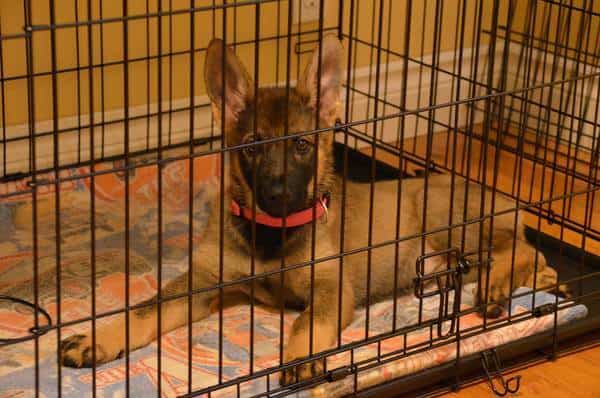
Crate training is a highly recommended tool in potty training your puppy, but they are misused like all helpful training tools. You might have heard negative remarks about crate training. “I don’t want to lock my dog up” Is probably the most common thing you have heard. Indeed, you shouldn’t keep your dog locked in a crate for a long time.
Dogs like wolves are den animals. They do like confined, safe spaces for them to rest in or be able to spend some time away from the family. Give them a comfortable space for them to enter when they like.
When Potty training them, purchase a crate that will be big enough for an adult dog, so you can use it for when they are older. Look for a crate that has a partition so you can adjust it while they are growing. You want to make sure the crate has just enough space for them to stand up, lay down, and turn around. Any extra space might result in them soiling a corner of their crate.
Dogs like clean spaces, especially if it’s theirs, so it’s essential to keep them in the crate for a limited amount of time to prevent them from having an accident. If they start urinating or defecating in their space, they might think it’s okay. Keep younger puppies in the crate for no more than three hours. If the puppy has an accident, clean the area well to prevent repeat occurrences.
When Crate training your puppy, don’t ever use it for punishment. Your puppy should associate the crate with a good thing. Using it for punishment or keeping them in it for an extended time will cause them to dislike it and not view it as their den.
Avoid Pee Pads
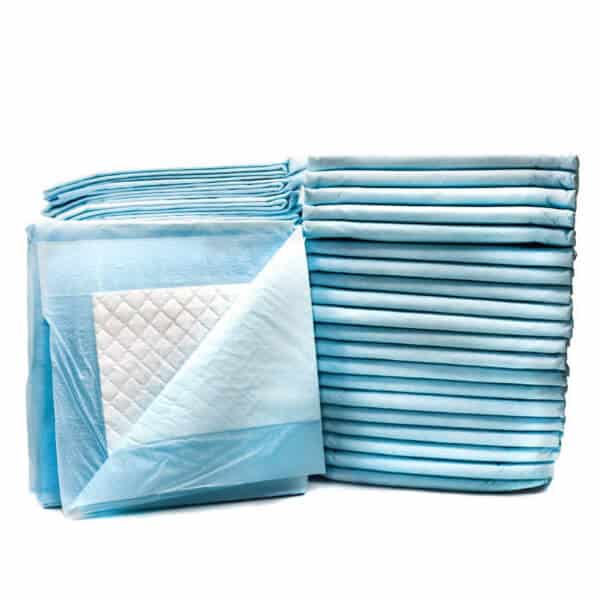
Pee pads are okay in rare situations where you cannot let your puppy out but don’t use them for the long term. Puppy pads reinforce that it’s okay to use the potty in their crate or in your house, which will make it difficult when they are older to teach them that it’s not okay to go in the house, and outside is the only place they should go.
To ensure that accidents aren’t happening on carpets or furniture, buy a baby gate and section what areas they can be limited to when they are left alone. That stops you from having to unteach a taught behavior and will also prevent the risk of them chewing and swallowing any pieces of the puppy pad. Sectioning off their areas with a baby gate will also lessen the chance of an accident happening in an unknown spot in your home.
Take Them Out After Eating, Drinking, And Playing
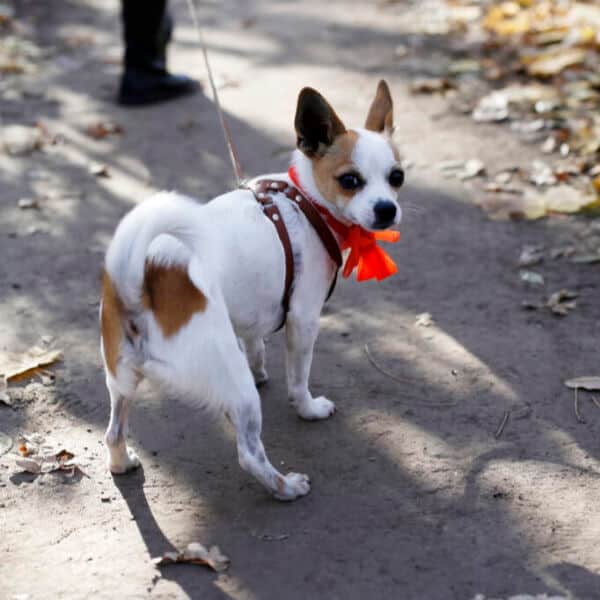
Establishing a routine is suitable for your puppy and you. Take your dog out after every small meal your dog eats or after drinking water. Puppies like babies should eat multiple small meals throughout the day and don’t have the best control over their bladder, so they will need to go outside shortly afterward. If you cannot feed them three meals a day or take them out frequently, it would be best to look into a pet sitter, enlist a friend, or hire a walker to come over and help keep the routine while you are at work.
Be consistent with their feeding schedule and when you take them out. Taking your puppy out at similar times every day will help them learn and keep them on a regimen. The same should go for when after they are playing or get a spurt of crazy puppy energy. When they finish playing, take them out to use the bathroom.
It might be good to wake up and let them out one more time for overnight. Younger Puppies need an extra potty trip outside in the night. Eight hours is too long for a puppy to hold it, so accidents will happen overnight until they are older. If you see your puppy drinking water at night, they might need to go out sooner rather than later.
Enlist everyone’s help in the household! For the first couple of months, switch on and off who gets to wake up and take them out. Eventually, as your puppy gets older, they will be able to make it through the entire night.
Learning Their Body Language
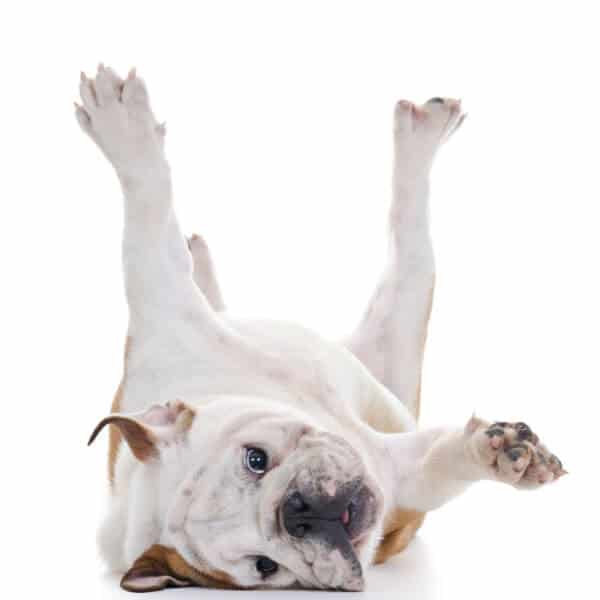
Look for your dog’s Potty tell. Every dog exhibits behavior to let you know it's time to take them outside. Puppies who haven’t figured out how to get their point across will do things like circling, sniffing the floor or hunching their back. Get them out quickly to use the bathroom if you notice those signs.
Once they are older, they will start to do things like whine or bark at you. Some dogs will stand by the door to be let out or scratch and bark at the door.
Try and anticipate their needs and take them out as frequently as possible instead of waiting for them to show you signs. If you notice them doing it more often, you should take them out more regularly.
Keep them always under supervision, don’t allow a puppy to have free reign of the house without you being with them. It will help with accidents in the house if you can keep a watchful eye on them in zones that are not your puppy’s sectioned-off spaces.
Praise Every Successful Potty Trip
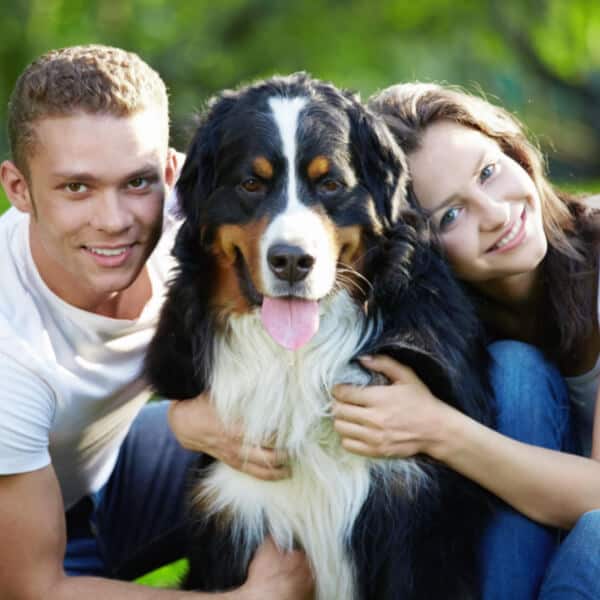
Positive reinforcement for puppies is crucial when training them. Be consistent with the words you choose to praise them, and remember to catch them when they exhibit the desired behavior. When you take them outside, you want to pick a phrase to let them know it’s time to go potty. It doesn’t matter what you choose. It can be “Do your business.” “Potty time” “Go Potty,” just pick a phrase and stick with it.
When they successfully use the bathroom outside, you want to praise them instantly. Make the neighbors think you are the crazy dog owner of the block with how much excitement you show your puppy. When they finish with their business, give them a treat and tell them “Good potty!” or “Good girl/boy!” so they can associate the phrase with a reward. At some point, you can give them praise without food motivation when they are older.
Dog’s look to you as the pack leader, they want to please you, so it’s important to praise them when they do something that you want them to. Bring puppy training treats out with you every time you take them out. Make sure you give them a treat directly after using the potty. Catch good behavior and praise them for it the moment it happens so they can associate it with the action they did. If you wait too long, they might not be able to make that connection.
Have a Designated Potty Spot
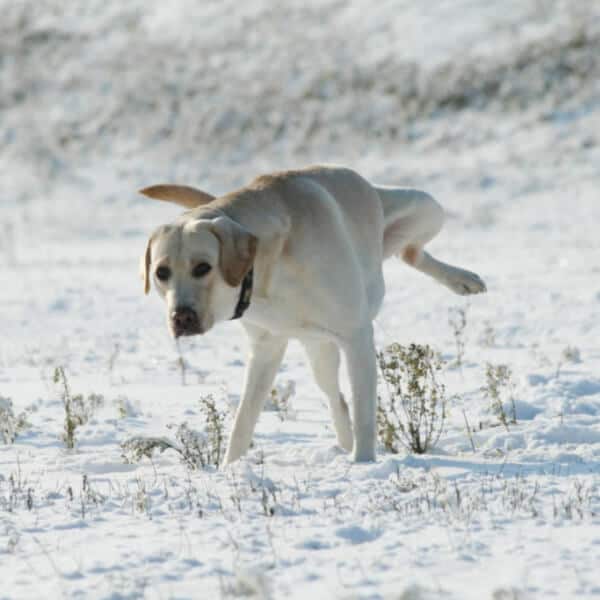
Pick a spot for your dog to be able to relieve itself, and bring them to that spot every time you take them outside. I know with a fenced-in backyard, it’s ideal letting them out to use the bathroom and then let them back in, but to effectively train them, it will be a lot easier and quicker leash walking them.
When you have them on a leash, you will be able to observe their bathroom habits and also be able to catch and praise them when they go. Opening the door and letting them outside is difficult because they might get distracted by the ample and exciting space of being let out to roam. When you put them on the leash, bring them consistently to the same spot, so they know this is where they can use the toilet.
Keep the area clean and accessible to them. If the spot gets too filthy, they might no longer want to use that area. You want to pick a location that will be reachable and easy for them to use in all weather conditions, which means if it’s winter, be prepared to shovel that area. Your tiny little puppy isn’t going there if the spot is covered in snow or flooded with water. When you bring them out to that spot, tell them your selected phrase, “go potty,” and wait for them to relieve themselves. Try not to let them get too distracted and wander off from their designated zone.
Potty Bell
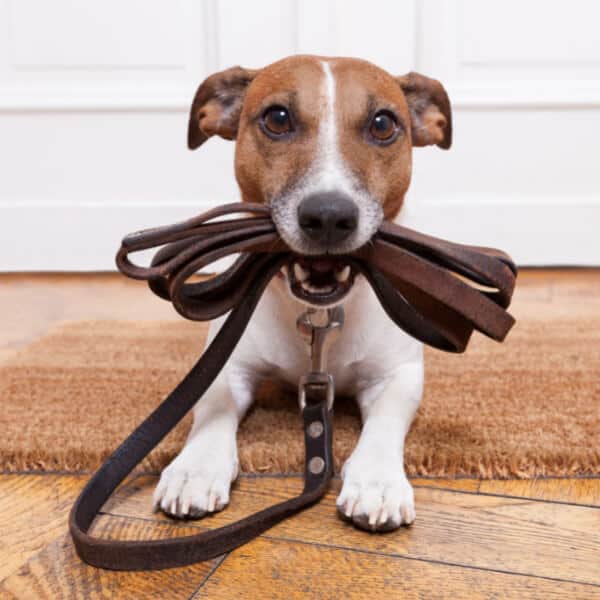
Dogs and people are constantly looking for ways to engage with each other. The more you learn to communicate effectively with your puppy, the more it will strengthen your bond with them. In the beginning, it’s difficult because you are both trying to learn how to show what your desired needs are. A Potty Bell is a great way to teach your dog to communicate their want to go outside. Most pets will show signals once they are older, but the bell is a great way to streamline it and have a clear and concise way to let you know it’s time to go outside.
- When you get a bell or button, you want first to introduce it to your dog and reward them anytime they approach it or show interest in it.
- Afterward, put it on the door you use to bring them outside, and make sure it’s at nose level for them. Remember, consistency is key with all training. Any time someone exits through that door, or you bring your puppy outside, ring the bell. You want them to realize that the door will open any time that bell rings, and they will get to go out.
- When they start to engage with the bell, praise them for using it, and bring them out every time they ring it.
The best part about the bell is it will help when you have a pet sitter that isn’t well acquainted with them, they will be able to let them know with the bell that it’s time to go outside.
Don’t Punish Accidents
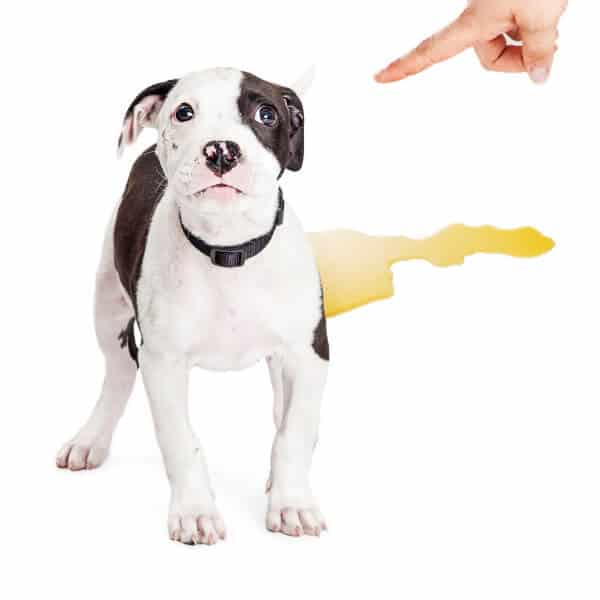
Your dog should see you as their protector, leader, and provider. You should be their source of safety and affection. Going into potty training, be aware that accidents happen. They are inevitable initially, and punishment can seriously hinder their success and bond with you.
Punishing your dog for having accidents in the house will not decrease the number of accidents. It will break trust and cause them to fear relieving themselves in front of you. That would make all of these steps more difficult when training them. When you punish a dog, they often don’t connect their punishment to a consequence of their prior action.
When you catch your dog going to the bathroom in your home, clap or make a quick sharp noise to draw their attention to you, and bring them immediately outside to their potty spot. If they go when you take them out, praise them. Make that one noise anytime you catch them and repeat the method. That will show them I can’t go in the house, but this spot is acceptable.
If you find an accident in the home, calmly clean the accident up, don’t bring your puppy over to it and show them, or stick their nose in it. Positive reinforcement is crucial for training. It teaches them that they will get praise for good behavior, which will increase the behavior you want.
How To Properly Clean An Accident
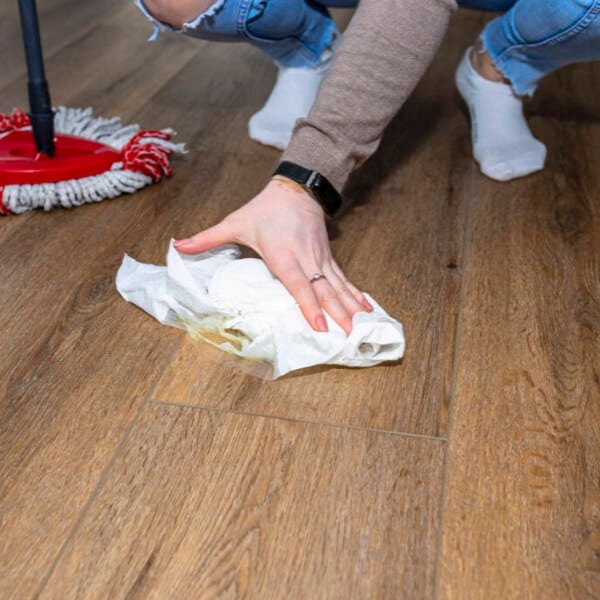
Did you know that dogs' urine has pheromones in it? Have you ever noticed a dog pee on an object like a tree at the park, and then another dog comes by, sniffs the tree, and then marks it with their urine? Dog’s use urine to communicate with other animals. They are marking their territory. That means that places that smell like urine or have traces of urine will heighten your dog's likelihood of relieving themselves in that spot.
When cleaning up an accident in your house, you want to make sure that you clean the area effectively to decrease the chance of your dog repeating using that area. Avoid strong-smelling chemicals, vinegar, and products that are ammonia-based. Ammonia is present in urine, so using a cleaner with ammonia might attract your dog back to that spot.
For the best chances of cleaning the mess, use hydrogen peroxide on the area and then afterward reclean the spot with an Enzymatic cleaner. If the accident is on carpet or furniture, try not to rub the area dab at it with an old rag. Enzymatic cleaners are pet safe, so you can use them without fear that they will be harmful to any of the animals in your house.
Your Reward!
House training a new dog can be stressful, it seems like it’s a lot of steps, and it takes effort from everybody in the household. Again, when you look into that adorable little face, remember that it’s all worth it. Stick to your routine, bring them to their Potty Spot, and give them lots of praise when they do a successful outside potty, and in no time, they will be housebroken.
Avoid pee pads, punishment, and too much time in their crate. You want to set your new dog up for success. If you struggle to get them trained, and inside accidents become frequent while they get older, it’s essential to consult with your veterinarian to rule out any type of medical causes.
There are always new things to learn regarding dog ownership, do your research and find methods that work best for you and your dog. Your reward will be a happy and healthy family member that will give you endless love!
